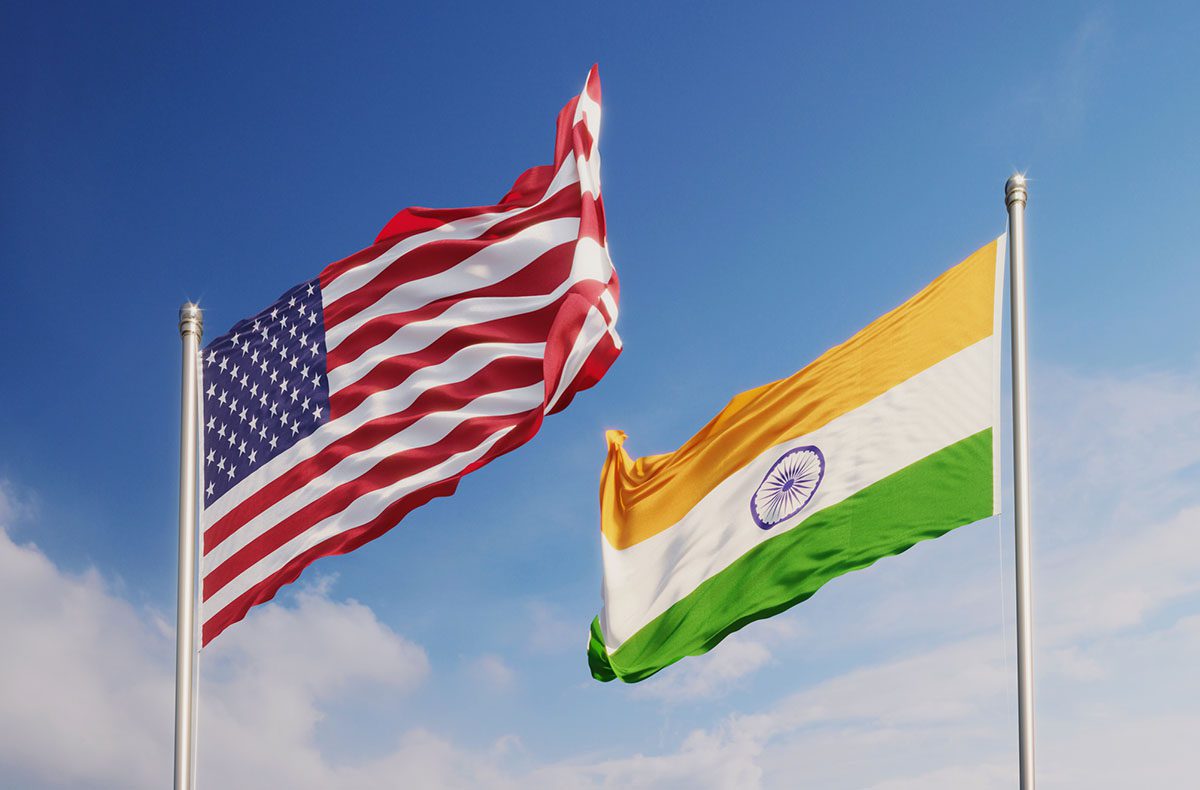
The word “ally,” despite its length and extrinsic appearance, is disproportionately more involved, tightly knit, and cannot accurately describe the growing relationship between India and the U.S. This understanding is even more imperative ahead of today’s Modi-Biden meeting in Washington D.C., where Indian Prime Minister Narendra Modi is on an official state visit.
Given the growing influence of China, the ongoing Russian invasion of Ukraine, and the historical proximity between Russia and India, it would be challenging to consider the rapidly evolving relationship between the U.S. and India as an alliance. At most, they could be regarded as partners.
Chinese aggression
As China looms large as a major geopolitical player, India and the U.S. find themselves on the receiving end of China’s aggressive tactics. However, the similarities between the two countries end here. The response to Chinese aggression is influenced by their geographical locations, preventing the U.S. and India from providing a unified rebuttal to China’s wolf warrior diplomacy. The key difference lies in their proximity to China.
While both nations have seen an increase in bilateral trade with China in recent years, India finds itself in a more strategic defensive position than Washington. With a crowded neighborhood and various border disputes with neighboring countries, such as Pakistan, Myanmar’s military coup, northeast insurgency, border disputes with Nepal, and China’s continual debt-trap diplomacy in the region, New Delhi cannot afford another military standoff with its Chinese neighbor.
The bitter experience of the 1962 war also serves as a reminder for India. Why is this consideration important? It’s because, as part of defense cooperation, Washington would expect New Delhi to align with its combative ambitions, which may not align with India’s interests. India would resist any combative involvement, while the U.S., given its history, would not. Therefore, despite China’s overt muscle flexing, New Delhi cannot respond to adversaries in the same combative manner as Washington would and could. This discrepancy highlights the mismatch in expectations from an “ally,” which unfortunately does not come with unconditional support.
Strategic dependency on the Russian MIC
Russia has long been a reliable partner for India, evident in India’s dependence on the Russian Military Industrial Complex for its defense equipment needs. This historical and strategic partnership contradicts Washington’s expectations and diplomatic priorities. However, acknowledging the realities, the U.S. would be wise enough to accept India’s interests in moving away from selective non-alignment.
With the emergence of global multipolarity, the terms “ally” and “adversary” have become oversimplified binaries. In summary, when it comes to U.S.-India relations, “Quasi-allies” is an optimistic term, “partners” is a realistic description, and “allies” is merely a superficial label.